
The collared trogon is a near passerine bird in family Trogonidae, the quetzals and trogons. It is found in Mexico, throughout Central America, and in northern South America.

The blue-throated toucanet is a near-passerine bird in the toucan family Ramphastidae. It is found in Costa Rica, Panama and far northwestern Colombia.
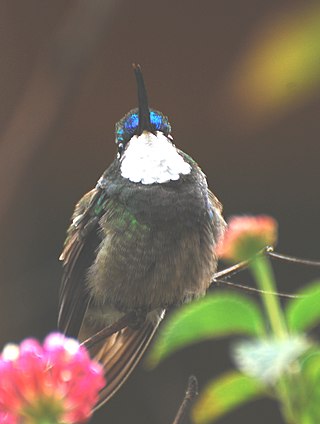
The grey-tailed mountaingem, also variously spelled gray-tailed mountaingem, grey-tailed mountain-gem, or gray-tailed mountain-gem, is a species of hummingbird in tribe Lampornithini of subfamily Trochilinae. It is endemic to Costa Rica.

The ochraceous wren is a small songbird of the wren family. It is a resident breeding species in Costa Rica, Panama, and Colombia.
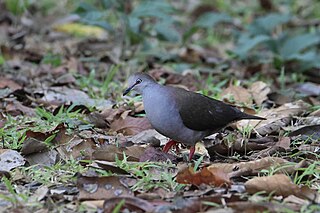
The grey-chested dove is a species of bird in the family Columbidae. It is found in Belize, Colombia, Costa Rica, Guatemala, Honduras, Mexico, Nicaragua, and Panama.

The giant wren is a species of bird in the family Troglodytidae. It is found in Mexico and Guatemala.

The song wren is a species of bird in the family Troglodytidae. It is found in Colombia, Costa Rica, Ecuador, Honduras, Nicaragua, and Panama.

The grey-breasted wood wren is a species of bird in the family Troglodytidae. It is found from Mexico to Bolivia.
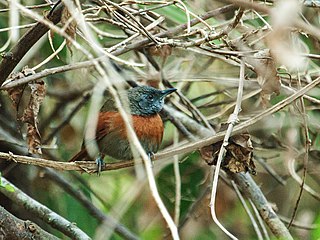
The rufous-breasted spinetail is a species of bird in the Furnariinae subfamily of the ovenbird family Furnariidae. It is found in Belize, El Salvador, Guatemala, Honduras, and Mexico.

The spot-breasted wren is a species of bird in the family Troglodytidae. It is found in Belize, Costa Rica, El Salvador, Guatemala, Honduras, Mexico, and Nicaragua.

Cabanis's wren is a species of bird in the family Troglodytidae. It is found in Belize, Costa Rica, El Salvador, Guatemala, Honduras, Mexico, and Nicaragua.

The bay wren is a species of bird in the family Troglodytidae. It is native to southern Central America and northwestern South America.

The chestnut-colored woodpecker is a species of bird in subfamily Picinae of the woodpecker family Picidae. It is found in Belize, Costa Rica, Guatemala, Honduras, Mexico, Nicaragua, and Panama.

The pale-crested woodpecker a species of bird in subfamily Picinae of the woodpecker family Picidae. It is found in Argentina, Bolivia, Brazil, and Paraguay.

The western woodhaunter is a species of bird in the Furnariinae subfamily of the ovenbird family Furnariidae. It is found in Colombia, Costa Rica, Ecuador, Honduras, Nicaragua, and Panama.
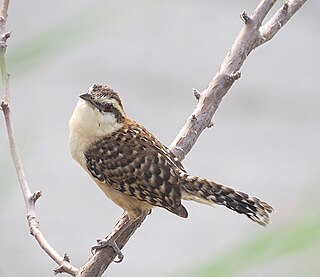
Sclater's wren is a songbird of the family Troglodytidae. It is endemic to Mexico.
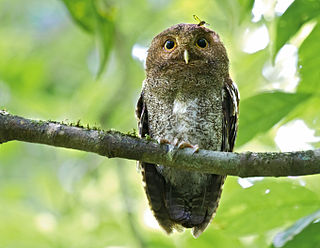
The vermiculated screech owl, is a subspecies, or possibly separate species, of owl in the family Strigidae. It is found in Costa Rica, Nicaragua, and Panama.

The russet-naped wood rail or rufous-naped wood rail is a species of bird in the subfamily Rallinae of the rail, crake, and coot family Rallidae. It is found from Mexico to Costa Rica.
Rufous-naped wren has been split into three species:

The Veracruz wren is a songbird of the family Troglodytidae. It is endemic to Mexico.

























